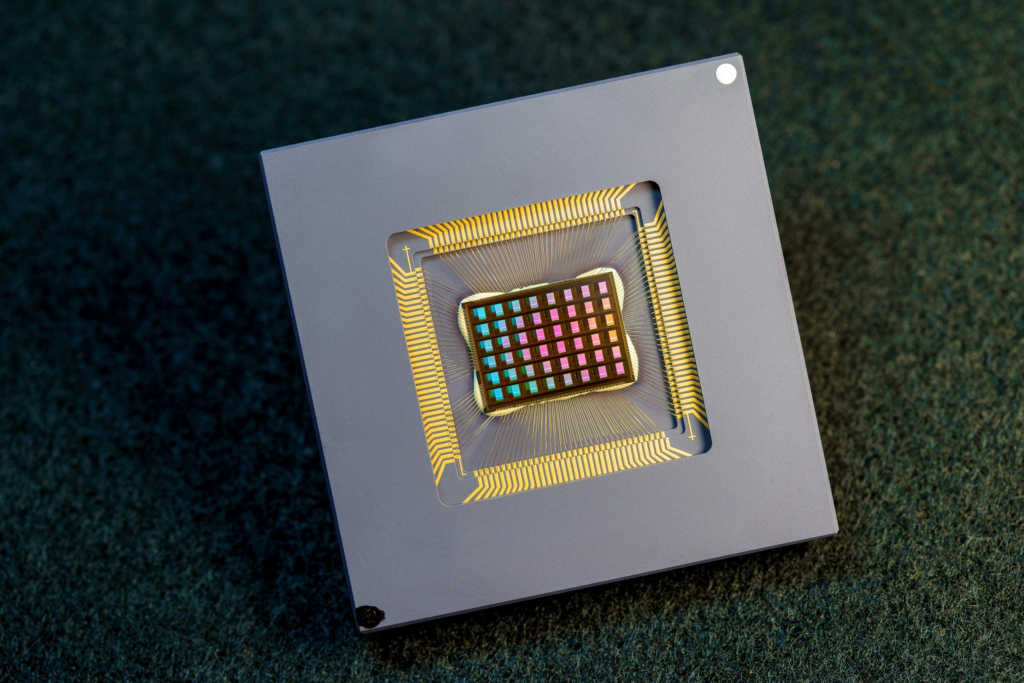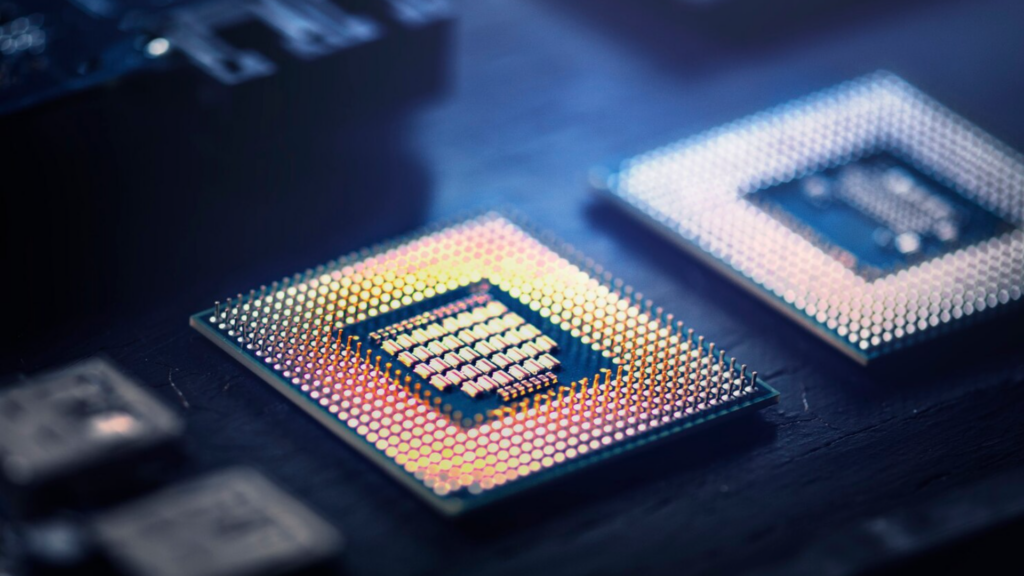
Neuromorphic chips are AI processors designed to mimic the structure and functionality of the human brain. Unlike traditional computing architectures that process data sequentially, neuromorphic chips use parallel processing and event-driven computations, similar to biological neurons and synapses.
KEY FEATURES OF NEUROMORPHING CHIPS
- Spiking Neural Networks (SNNs) – Instead of binary (0s and 1s), these chips process data in pulses or “spikes,” resembling how neurons communicate.
- Ultra-Low Power Consumption – They consume significantly less energy than conventional AI chips, making them ideal for edge computing and IoT devices.
- Massively Parallel Processing – The brain-inspired architecture allows for real-time learning and decision-making.
- Adaptability & Learning – Some models can learn from experience without requiring massive datasets or cloud computing.

ADVANTAGES OF CHIPS
- Lower Power Usage: Traditional GPUs and TPUs require enormous amounts of power, while neuromorphic chips operate efficiently even in battery-powered devices.
- Real-Time Processing: Ideal for robotics, autonomous systems, and edge AI applications where latency is critical.
- More Efficient Learning: Can learn patterns and adapt without retraining on vast datasets, unlike conventional deep learning models.
APPLICATIONS OF NEUROMORPHIC CHIPS
- Autonomous Systems – Used in self-driving cars, drones, and robots for real-time decision-making.
- Healthcare – Brain-machine interfaces, prosthetics, and early disease detection through pattern recognition.
- Cybersecurity – Intelligent threat detection that mimics human intuition.
- Smart Sensors & IoT – Ultra-low-power AI processing for real-time analytics on edge devices.
NOTABLE NEUROMORPHIC CHIPS
- Intel Loihi – A research-oriented neuromorphic processor with thousands of artificial neurons.
- IBM TrueNorth – One of the earliest large-scale neuromorphic chips, with 1 million neurons.
- BrainChip Akida – Designed for edge AI, enabling real-time, energy-efficient inference.
- SpiNNaker (Spiking Neural Network Architecture) – Developed by the University of Manchester for simulating large-scale neural networks.
